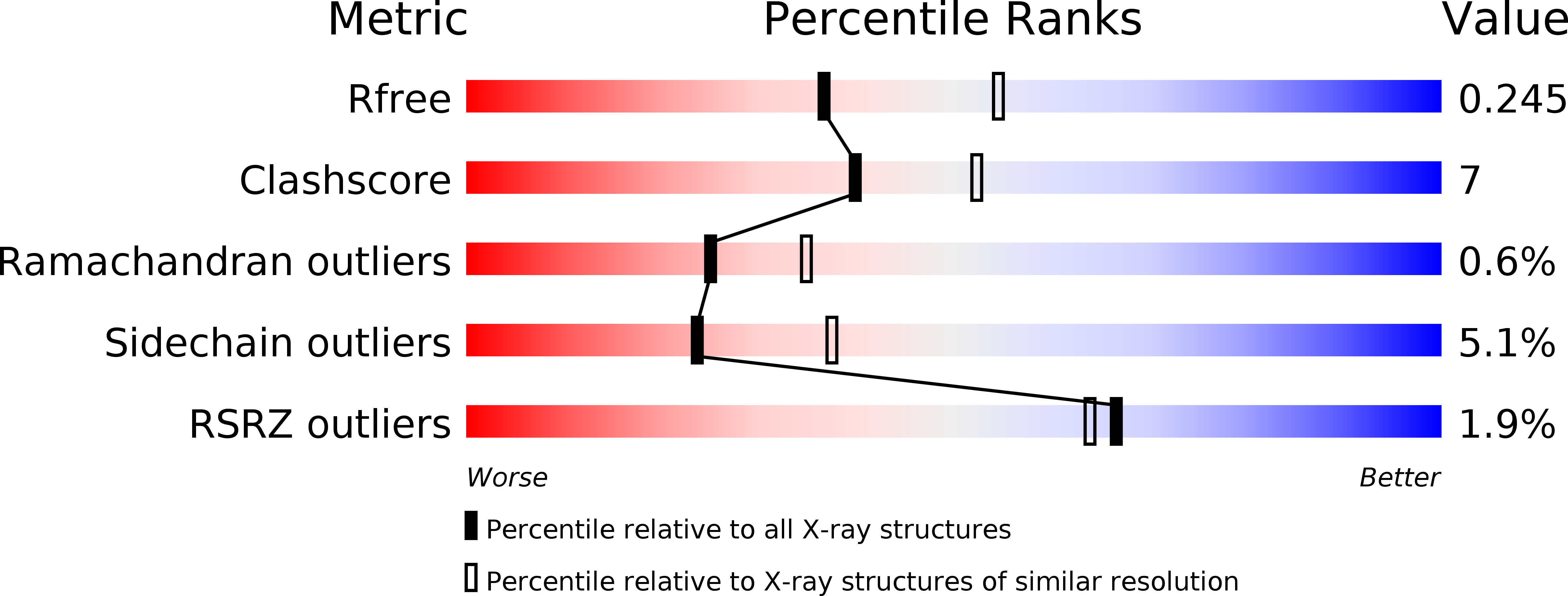
Deposition Date
2008-04-18
Release Date
2008-10-28
Last Version Date
2023-11-01
Entry Detail
PDB ID:
3CV7
Keywords:
Title:
Crystal structure of porcine aldehyde reductase ternary complex
Biological Source:
Source Organism:
Sus scrofa (Taxon ID: 9823)
Method Details:
Experimental Method:
Resolution:
2.41 Å
R-Value Free:
0.24
R-Value Work:
0.19
R-Value Observed:
0.19
Space Group:
P 65 2 2


